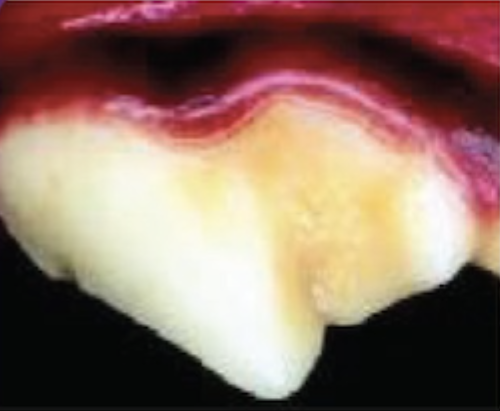Dental health is crucial for your pet's overall well-being, just as it is for humans. Alarmingly, by the age of 2, 80% of pets develop dental disease, and this number rises to 95% by the age of 4. Taking proactive steps to maintain your pet's dental health can significantly impact their quality of life.
What is Dental Disease?
Dental disease begins with plaque, the invisible, soft film you brush off your teeth each morning. Plaque is teeming with millions of bacteria that work their way between the tooth and gum line, causing inflammation and infection of the gums. As the inflammation progresses, it can attack the supporting structures of the tooth and jawbone, leading to more severe dental issues.
At our last health examination, your pet was examined and found to have:
Grade 2 dental disease out of a possible four grades.
Grade 2 Dental Disease
Treatment Plan
- Requires Action
- With professional treatment and consistent home care, these changes are reversible.
Dog Dental Disease | Signs of Dental Disease | Cat Dental Disease |
|---|---|---|
|
|
|
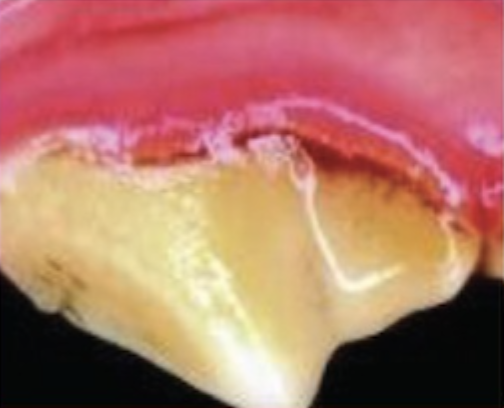 Grade 2 |
| 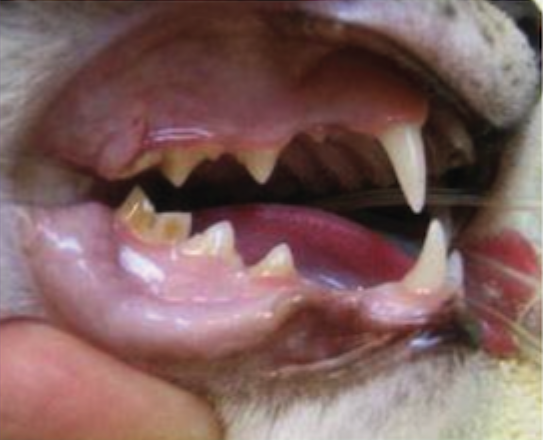 Grade 2 |
 Grade 3 |
| 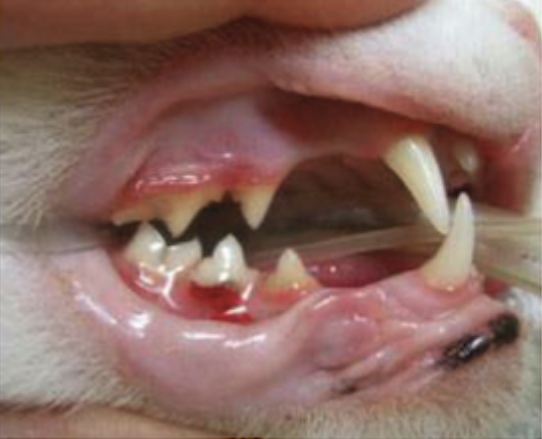 Grade 3 |
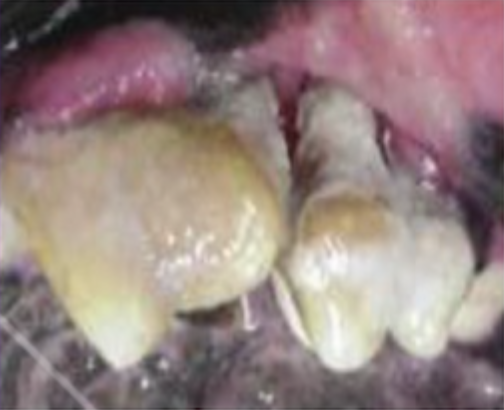 Grade 4 |
| 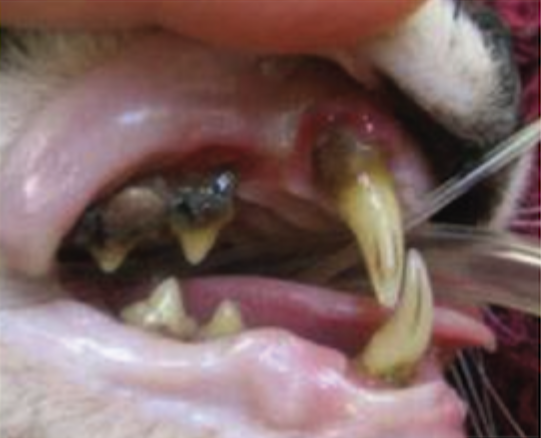 Grade 4 |
Consequences of Dental Disease
Local Problems
- Infection of the gums (gingivitis) causes pain and erodes the jawbone.
- Jawbone loss around teeth leads to tooth loss.
- Severe infections of the jawbone can cause jaw fractures.
- Infections can spread locally, penetrating the floor of the nostril and creating a permanent fistula.
- Infections can spread to the eyes, risking sight.
- Constant swelling and infection in the mouth increase the risk of developing oral cancers.
Whole body problems
The infection can spread through the bloodstream, leading to:
- Heart infection
- Lung infection
- Kidney and liver infection
- Brain infections
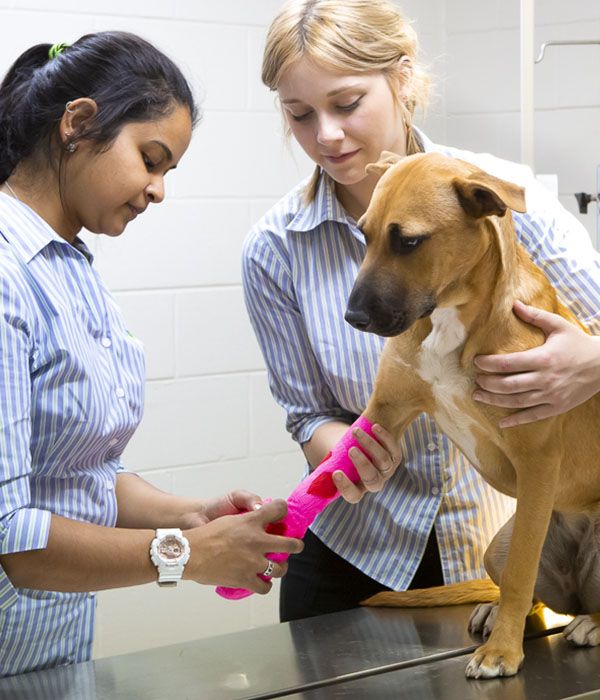
What Needs to be done?
Under anesthesia, our veterinary team will perform a detailed dental examination. Your pet's teeth will undergo a thorough cleaning, including the crucial tooth-gum seal beneath the gums.
For pets with Grade 2 dental disease and above, X-rays will be taken to assess the jawbone and detect any hidden issues.
Tooth extractions may be necessary for pets with Grade 3 dental disease and above.
Watch the video below to answer all your questions:
Professional Care
Homecare
Without proper home care, dental disease can quickly return. To prevent this, we may need to create a new plan or adjust the current one. A well-formulated plan is essential to ensure your pet's professional dental care is effective.
Slowing dental disease involves reducing plaque buildup on the teeth, and the key to this is regular, daily care.
We are here to help you develop a dental home care plan that works for you and your pet.
Options:
Mechanical Methods:
These involve physically removing plaque. The gold standard is tooth brushing. Other options include dental wipes, dental diets, and dental chews.
Chemical Methods:
Dental Myth Busting
“My pet is still eating, so it must be OK.”
No, it is not! Pets feel pain just like we do, but it can be difficult for us to recognize the extent of their discomfort.
Consider how distressing a toothache can be for you, with constant jaw pain and sharp, electric jolts of nerve pain. Our pets experience similar pain.
Ask yourself what choice your pet has when experiencing oral pain. They can only eat through the pain; not eating is not an option for them.
Dental disease is a silent killer of pets. Often, there are no clear signs until teeth start to fall out.
“I had my pet’s teeth cleaned years ago. Why do I have to do it again?”
The only pet without dental disease is a pet without teeth, as plaque needs a tooth surface to adhere to. Dental care is all about risk management and maintaining acceptable oral hygiene.
Plaque forms within 24 hours, as we know from our own experiences. Tartar forms within 3 days, and gingivitis can develop within 3 weeks. Without consistent home care, a pet’s mouth can remain infected for up to 50 weeks a year, even with an annual dental cleaning.
Maintaining your pet’s oral health requires a lifelong commitment. Daily home care is essential to reduce plaque buildup on the teeth. Even with good home care, an annual dental cleaning is necessary to give those teeth and gums a thorough clean.
“I feed my pet bones to clean their teeth.”
Feeding your pet bone treats won’t prevent dental disease. While they might make the crown look cleaner, they do not clean the crucial tooth-gum seal. An unclean tooth-gum seal can lead to infection, gum swelling, and progressive dental disease.
Additionally, bones can fracture teeth, cause constipation, and pose an obstruction risk.
Wondering if your pet's dental home care treats are effective? Always look for the VOHC badge. Check here to ensure your pet's dental treats have the VOHC seal of approval.
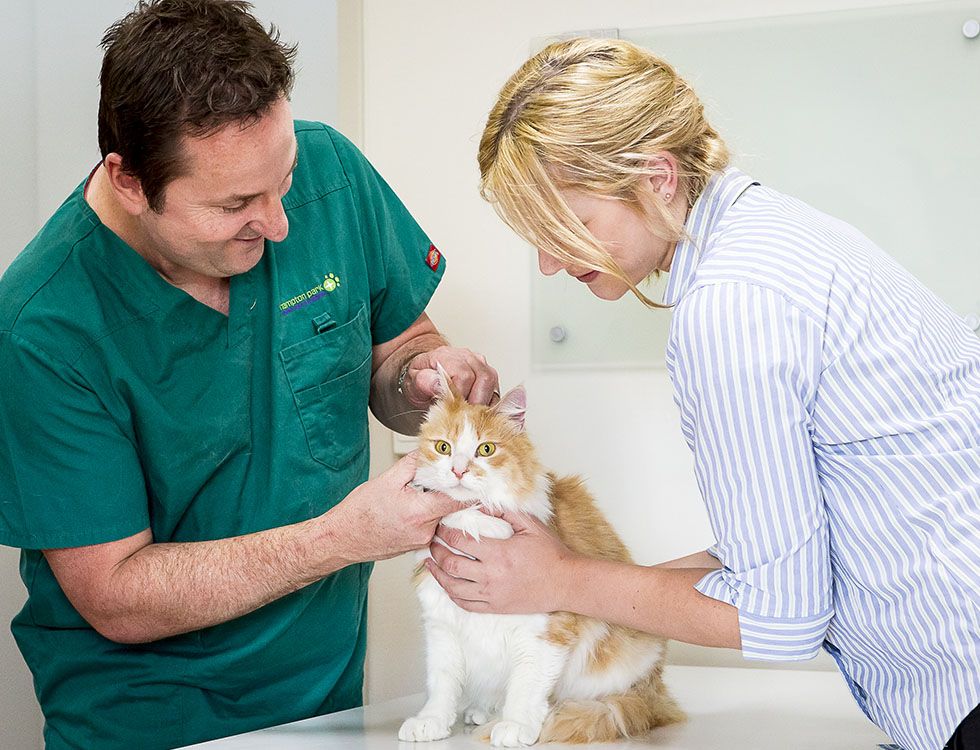
Caring For Life
Hampton Park Veterinary Hospital grade 2 dental disease report for pets in Hampton Park, Lynbrook, Narre Warren South, and the surrounding areas, including Narre Warren North, Lyndhurst, Berwick, Hallam, Doveton, Dandenong South, Cranbourne, Cranbourne East, Cranbourne West, Cranbourne South, and Endeavour Hills.

